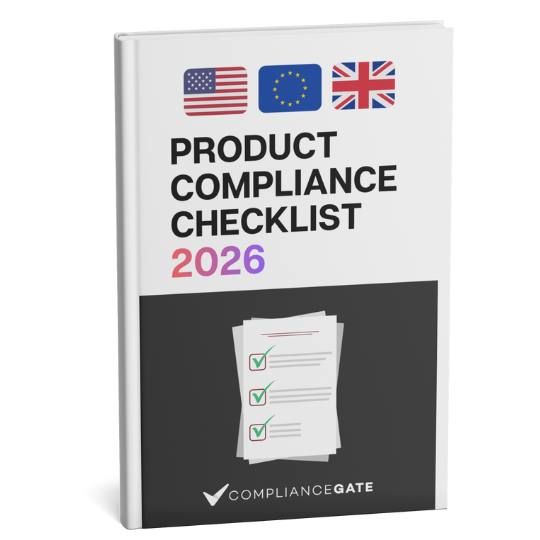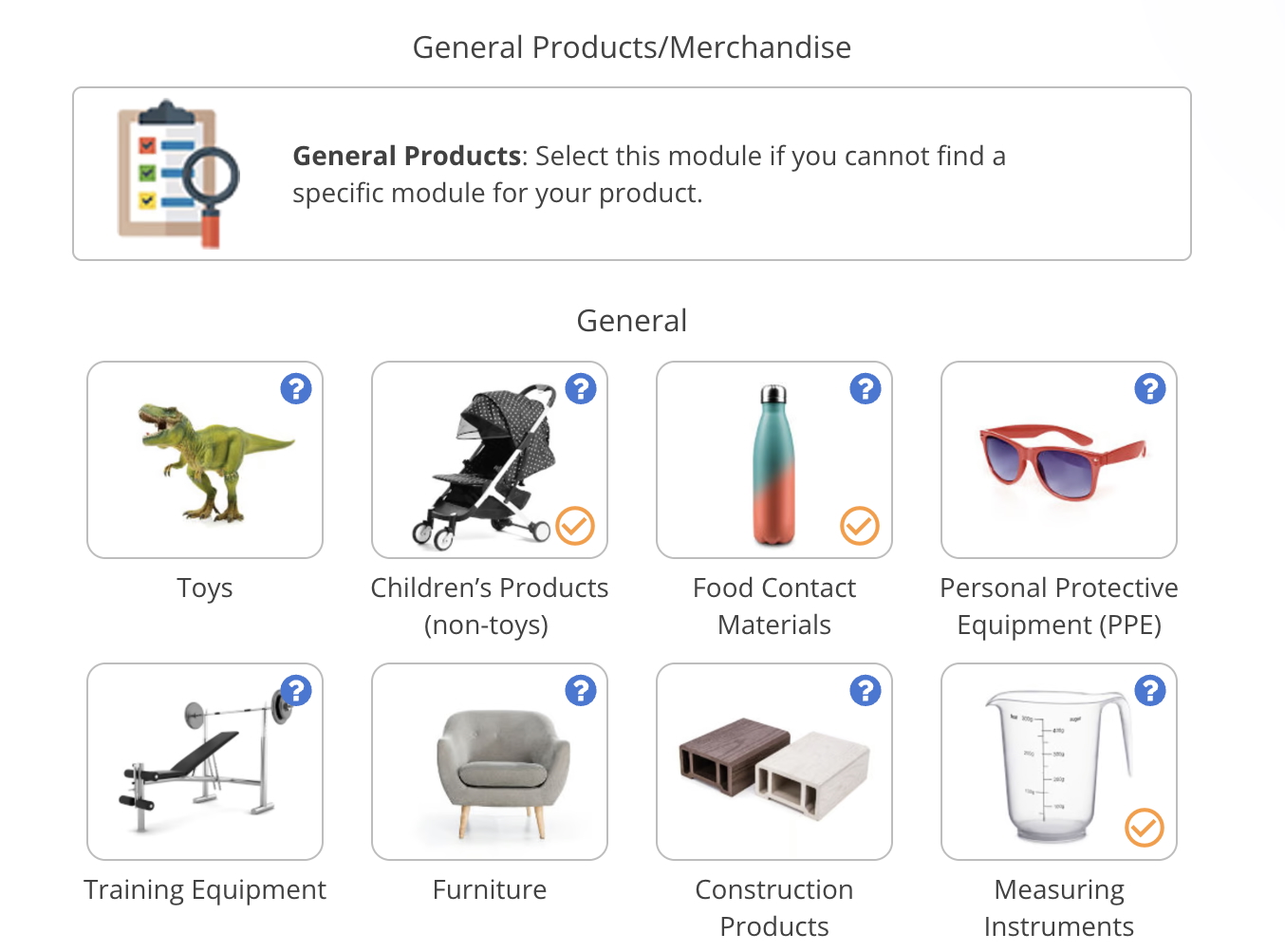Planning to import or manufacture watches for sale in the United States? In this guide, we explain what you must know about regulations, safety standards, and marking requirements for watches, children’s watches, and watch straps.
Content Overview

FREE CONSULTATION CALL (30 MIN)
 Ask questions about compliance requirements
Ask questions about compliance requirements Countries/markets:
Countries/markets:
 Learn how we can help your business
Learn how we can help your business
You will speak with:Ivan Malloci or John Vinod Khiatani
16 CFR Part 1263 – Safety Standard for Button Cell or Coin Batteries and Consumer Products Containing Such Batteries
16 CFR Part 1263 covers button cell batteries and products containing these, which include most quartz watches. Part 1236 incorporates ANSI/UL 4200A-2023 by reference, which, as explained by the CPSC, sets the following requirements:
1. Battery compartments containing replaceable button cell or coin batteries must be secured such that they require the use of a tool or at least two independent and simultaneous hand movements to open.
2. Button cell or coin battery compartments must not allow such batteries to be accessed or liberated as a result of use and abuse testing.
3. The packaging for the overall product must bear a warning.
4. The product itself must bear a warning, if practicable.
5. Accompanying instructions and manuals must include all of the applicable warnings.
Backplate
In practice, this means that the watch battery in the movement is sealed behind the backplate, which can only be opened with a screwdriver or other tool.
General Certificate of Conformity (GCC)
16 CFR Part 1263 requires that the importer or manufacturer issue a General Certificate of Conformity (GCC).
This guide explains how you can create a GCC and the information that must be included.
19 CFR Part 134 – Country of Origin Marking
Country of origin rules generally require that the manufacturing country of origin is permanently labeled on the product and its packaging. However, for watches, the country of origin is determined by the movement origin rather than the watch as a whole.
Chapter 91, Additional U.S. Note 4, Harmonized Tariff Schedule of the United States, sets forth special marking requirements for watches and clocks:
(a) Watch movements shall be marked on one or more of the bridges or top plates to show:
- the name of the country of manufacture,
- the name of the manufacturer or purchaser, and
- in words, the number of jewels, if any, serving a mechanical purpose as frictional bearings.
(b) Clock movements shall be marked on the most visible part of the front or back plate to show:
- the name of the country of manufacture,
- the name of the manufacturer or purchaser, and
- the number of jewels, if any.
(c) Watch cases shall be marked on the inside or outside of the back to show:
- the name of the country of manufacture, and
- the name of the manufacturer or purchaser.
Source: U.S. Customs and Border Protection
While most low to medium-range watches are assembled in China, movements are often imported from Japan, Thailand, Switzerland, and other countries. The combination of the movement origin and the manufacturing country impacts the country of origin marking for watches.

California Proposition 65
California Proposition 65 restricts chemicals and heavy metals in all consumer products sold in California. California Proposition 65 also covers wristwatches and watch straps.
Watch case
Watch cases made of metals can contain excessive amounts of lead, cadmium, mercury, and other substances restricted under California Proposition 65. The risk is particularly high with zinc alloy watches, as these can contain high levels of cadmium.
Further, platings applied to cases can also contain excessive amounts of restricted heavy metals.
Watch straps
Leather watch straps can contain plastics which in turn can contain phthalates and other substances restricted by California Proposition 65.
Warning labels
Watches that may contain substances restricted under California Proposition 65 may need to carry warning labels. The alternative is to arrange third-party testing to rule out the presence of such substances.
Children’s Watches: CPSIA
The Consumer Product Safety Improvement Act (CPSIA) regulates all children’s products sold in the United States. The CPSIA, therefore, also covers children’s watches, which in this context is defined as any watch (or other product) intended for children 12 years of age or younger. Below follows an overview of CPSIA requirements.
Product safety
Children’s watches sold in the US cannot contain lead and other restricted substances. Further, compliance with relevant ASTM standards may also be necessary.
In addition, small parts may also be prohibited depending on the age group, which requires that the crown and other parts don’t detach easily. Ensuring that the battery compartment cannot be easily opened is another important part of the process, as children can swallow button cell batteries.
Third-party lab testing
All children’s products must be tested by a CPSC accepted testing laboratory. You will, after the testing is complete, receive a test report that demonstrates compliance with certain standards and substance bans.
Tracking label
Your product must carry a tracking label. Here is an overview of the information it must include:
- Manufacturer/importer or private labeler name
- Location and date of manufacture
- Batch number
- Information concerning the source of the product
- Other identifying characteristics
Note that additional warning labels may also be required.
Children’s Product Certificate (CPC)
A Children’s Product Certificate (CPC) is essentially a self-issued certificate containing information about your product, the manufacturer and importer, applied standards, and the testing company.
You can learn more about what you need to include in your CPC in this guide.
16 CFR Part 24 – Guides for Select Leather and Imitation Leather Products
Watch straps made of leather or imitation leather may need to comply with the requirements under 16 CFR Part 24. More specifically, this part prohibits false or misleading claims about the type or quality of the leather. It also sets requirements concerning how the leather type or material should be disclosed appropriately.
Imitation or simulated leather. If all or part of an industry product is made of non-leather material that appears to be leather, the fact that the material is not leather, or the general nature of the material as something other than leather, should be disclosed. For example: Not leather; Imitation leather; Simulated leather; Vinyl; Vinyl coated fabric; or Plastic.

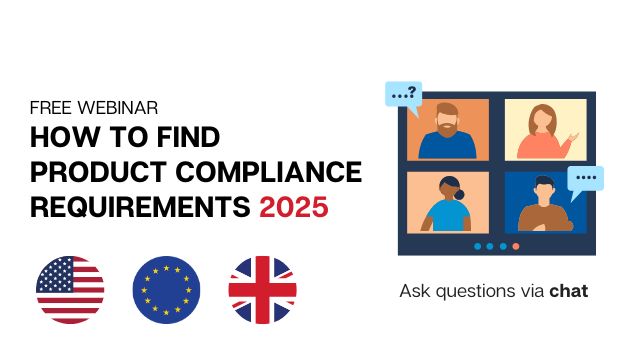





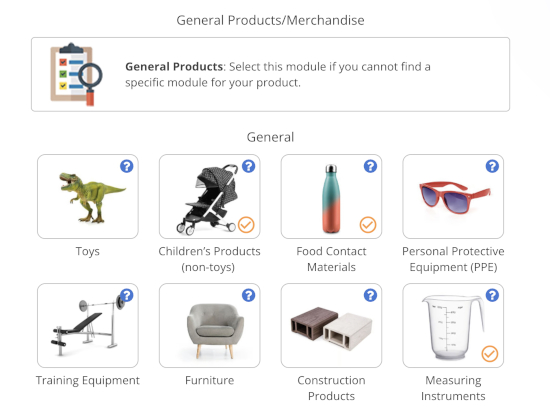






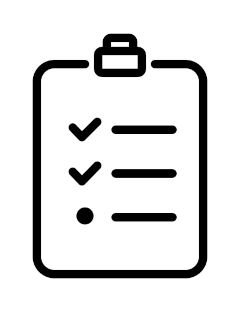


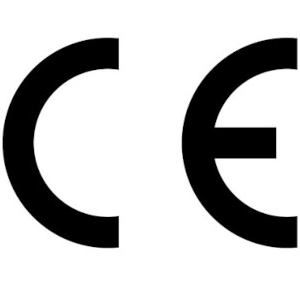




.png)
.png)
.png)
